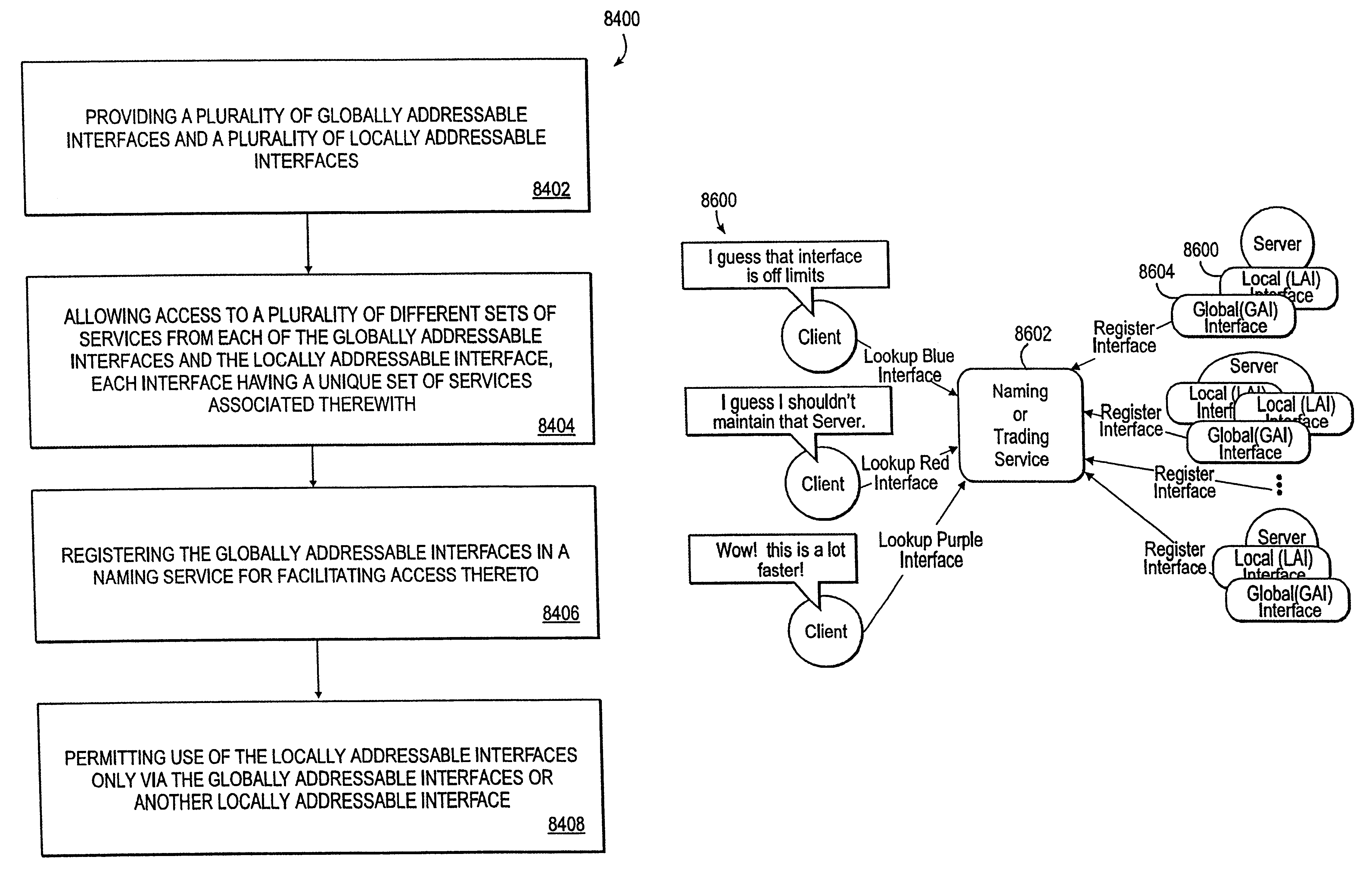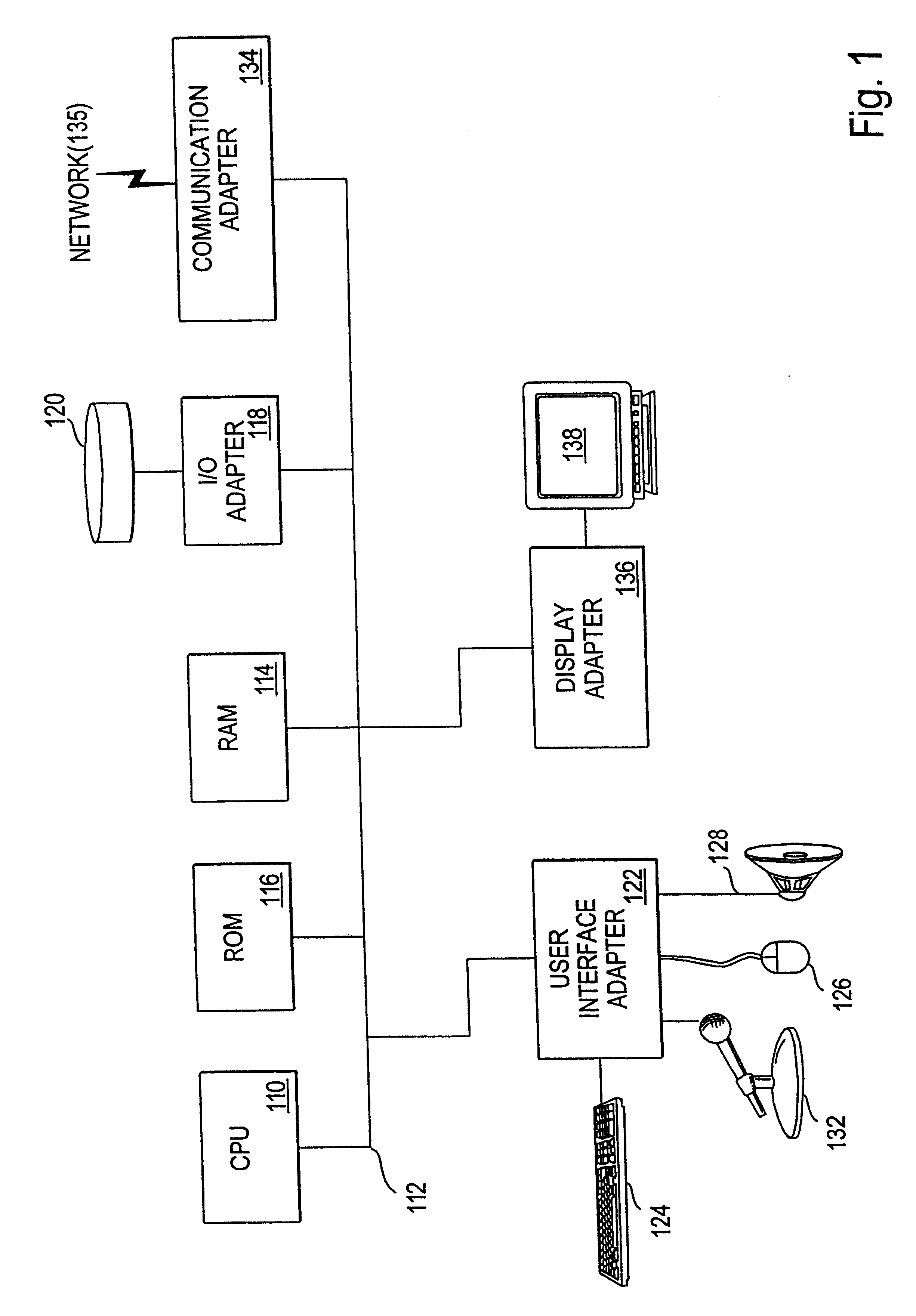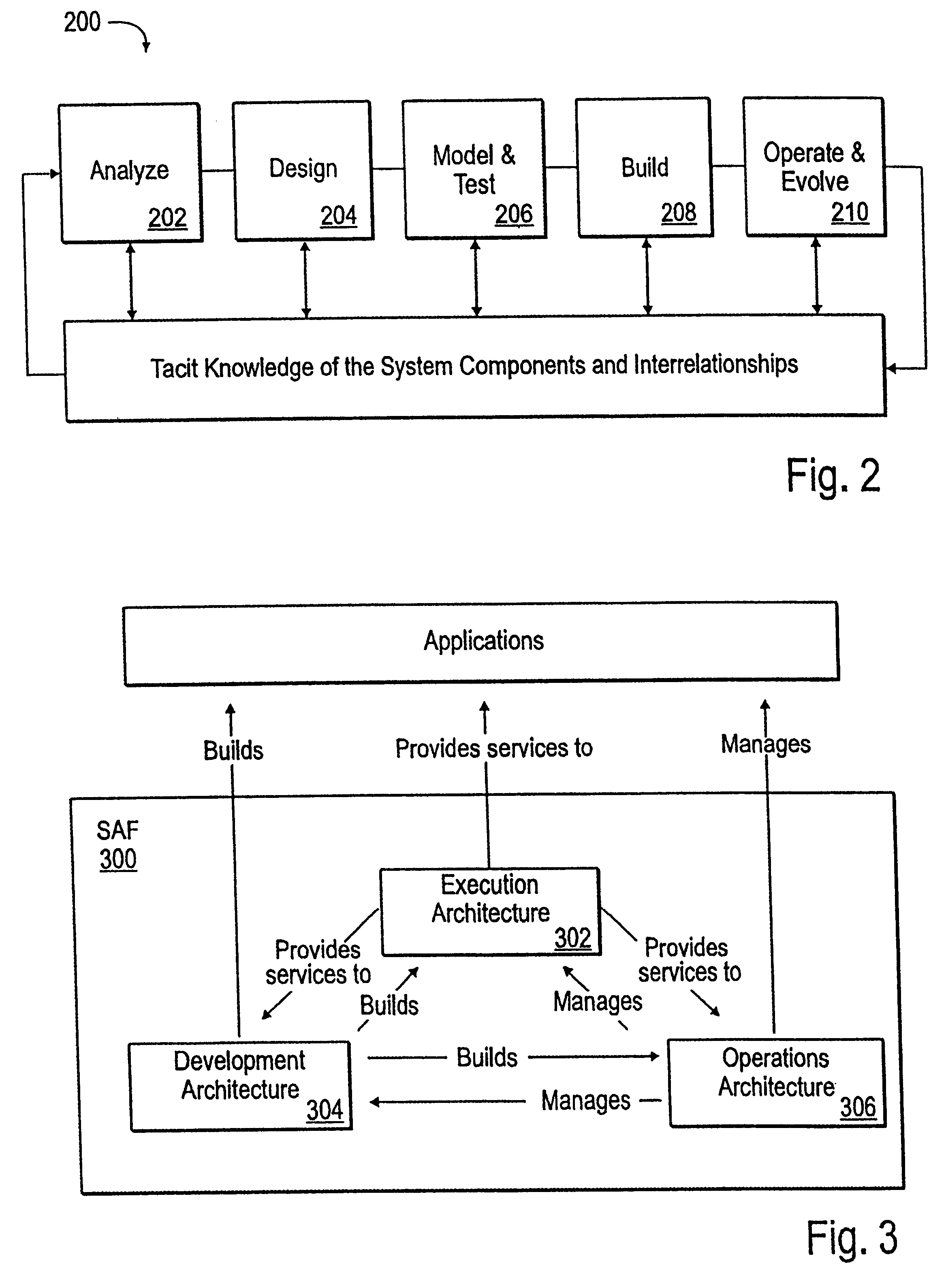Depending upon the speed of the network and the number calls across the network, an application can experience performance problems.
Depending upon the size of the message and the speed of the network, this could take a long time.
When a
client-
server application is introduced to the world of distributed objects, the network can become an even larger
bottleneck.
Unfortunately, it makes it easier for the application developer to forget about the physical realities of the network.
Ignoring this reality may result in an unacceptably slow application.
On a slower LAN, any WAN or when the number of network calls is large, this pattern will yield unacceptable
network performance.
Without this pattern, the network traffic can become prohibitive and the performance would suffer.
If
business logic is coupled with the Presentation Services too tightly, it will be very difficult to separate and reuse the
business logic if the Presentation Services ever need to be altered (not an uncommon occurrence).
This would set up a dependent relationship that would reduce the flexibility of the activity.
The business rules supported by
user interface validation is usually somewhat limited.
In addition, due to fact that many widgets provide constraints through their own form (
list boxes, radio buttons), the types of widgets that require this type of validation checking is also somewhat limited (text fields, editable combo boxes, etc.).
But this violates the ICM approach, because then the model is talking directly up to the view.
Despite the pervasive demands of environmental considerations, many forms of
documentation largely gloss over these issues.
A demanding issue in distributed systems is gathering and using trusted information about the clients interacting with the systems.
Today, with clients offering web services within n-tiered architectures this is no longer easily predictable.
If these expectations are not met, the
system state is in error.
The provided parameters may not be within the expected range, thereby causing an error.
A communications failure could cause the operation to fail to complete or, worse yet, return incorrect data or leave the system in an inconsistent state.
If any of these conditions fail, a critical error has occurred.
Some condition checks may be expensive to complete (
database and remote component queries).
If any of these conditions ever fail, a critical error has occurred and the system should
shut down.
Even in cases where an operation defines an input parameter as something as broad as an integer, it is doubtful that all integers are acceptable to the operation.
The burden is on the testing process to catch all failed assertions.
However, exceptions can happen, and therefore cannot simply be turned off.
Many error are caused by invoking an operation with improper data (parameters).
By formalizing these conditions, it is very obvious is an error was caused by bad data or bad code.
Even if the
client application is rigorously designed to ensure all redundant contexts are deleted, an abnormal client event may result in its termination leaving an orphaned
server context.
This accounts not only for an abnormal termination of the client but for failure of the client application to
clean up.
However, a server is more likely to
queue on the receiving end, especially in a system with high message rates.
Developing
exception handling logic without classifying and organizing exceptions makes the handling logic cumbersome and fragile to change.
This approach is adequate in some cases, but in general, it is less powerful and more error prone than an exception based approach.
Projects which faithfully test every return code end up mixing a high percentage of error logic with the primary logic.
This increases the complexity, and the development, review, and maintenance effort.
Also, exceptions cannot be as easily ignored as return codes.
In some cases the error will be unrecoverable and there is not much you can do but release resources (locks, communication channels, .
It is not possible to provide one here as it greatly depends on the requirements at hand.
Consider common problems such as parameter validation, pre- and post-conditions
For example, car.start( ) is likely to fail due to being out of gas.
Without this response, systems may
crash unnecessarily, or without indicating what happened.
Large systems can be quite complex and require
error management integrating disparate components and / or libraries (i.e. DBMS APIs, data structures
library,
middleware, etc) How can
exception handling logic be written so that little or no changes are required when new exceptions are added to the system?
Handling each exception type on a case by case basis is cumbersome and expensive, both in terms of initial development and subsequent maintenance.
If the development of the exception types is poorly designed the try-catch blocks can become quite large as they attempt to
handle each exception.
Another problem with exception handling logic is that it can be quite involved, such as
logging the information to a persistent store, notifying Operations support, rolling back a transaction, etc. the example only showed one commented line to represent the code.
Taken together, varying exception types and potentially repeating and complex logic in the catch blocks, the development and maintenance efforts regarding error handling are going to be much more expensive than they need to be.
The downside is that now the handler is subject to frequent change as exceptions are added to the system.
These capabilities
restrict who can use the system and what they can and cannot do and, in the case of a security breach or dispute, resolve who did what and when.
In a distributed, component-based system, these complex requirements become even more difficult to implement.
A key issue frequently encountered in the development of object-oriented systems is the mapping of objects in memory to data structures in persistent storage.
In the more common situation where the persistent storage is a
relational database, there is a fundamental translation problem or a so-called "impedance mismatch".
Mapping between the two is hard.
While a relational DBMS guarantees uniqueness of rows with respect to primary keys for data stored in the
database, the same is not true for data in memory.
Of course, there is a tradeoff between transparency,
automation, and flexibility on the one hand, and architecture complexity and development cost on the other.
This approach can reduce the flexibility of the domain object, in that, changes to the access logic or the backend
database must result in changes to the
business object or class.
As a result domain objects are only "aware" of how to
stream themselves, and not how the data storage mechanism works.
But such access is very unstructured.
This also introduces redundancy.
Yet another developer who needs this date, for a different
data set, duplicates the effort.
This does not encapsulate changes, thereby raising costs for testing, maintenance, and extension.
This suggests that transaction-based
data access is brittle.
This retrieval pattern typically requires multiple database / network accesses and can have serious performance implications, especially over a WAN.
This requires complex
processing to determine if the cache can be used.
This can become a long and expensive process if the association graph corresponding to the restored object is large or complex.
It is particularly undesirable if the associations are not even traversed by the application.
Also, if an object in the cache has changed since read, an error may be raised if the object retrieved has changed since read and the object retrieved may be ignored if the object retrieved has not changed since read.
Furthermore, such a strategy is inefficient as. the same data may be repeatedly and unnecessarily read from the database.
This violates object identity and contributes to performance problems.
From a persistence perspective, no matter which of these approaches is used, development of the system and architecture presents two distinct challenges to the
development team.
The first challenge is to accurately represent the
business logic as a collection of business objects that include interfaces for performing the correct set of functionality.
If both teams work directly with the business objects, serious contention may result.- Problems encountered in practice include:
(Note: recompilation can be a problem even if a
fully automated persistence framework is used.)
The two teams' development schedules need to be in
sync; slippage on one team can adversely
impact the other team's progress
This is the most straightforward approach, although also the least flexible.
As a result, domain objects are left incomplete and therefore unsuitable for use by all services.
Care should used when doing so as legacy code is often fragile and poorly documented.
Clients generally have a substantial investment in their existing systems and they will be hard pressed to convert them to component based systems built on objects.
While a transaction is in process, the state of the business model may not be consistent, so it is necessary to manage the entire transaction from its point of origin to its point of completion.
As transactions become more complex and require a greater scale of changes to the business model, the LUW trying to manage these changes becomes large and unwieldy.
Support for user multi-tasking can also present problems for LUWs.
Problems occur if the business models of these concurrent LUWs overlap and the transactions attempt to write to the same
business object.
If each of these requests were then sent to information services independently, a large number of network messages would result.
Another problem that may arise when multiple requests are sent for a given transaction is
deadlock.
However, the transaction won't have the address ID until the customer is retrieve.
In practice, however, sending multiple messages, in series like this, degrades
network performance.
This mismatch means that transactions no longer map one-to-one to access modules.
This hard-coded approach, although straightforward, is both tedious and error-prone.
It is tedious because business developers shouldn't have to deal with technical issues like dirty checking or distributed
garbage collection.
Moreover, this is error-prone because it can be difficult to detect if the developer makes a mistake.
But the developer might forget to update the isDirty( ) or release( ) methods.
Such errors can be difficult to locate.
Many networked-constrained environments cannot tolerate this additional overhead.
The RDBMS will raise an error, thereby failing the transaction.
Even without RI, request ordering remains an issue.
Yet B cannot complete until A releases its customer lock.
Many transaction-
processing systems would simply fail both transactions, after a time-out.
However, with Individual Persistence, a transaction no longer maps to a centralized module.
However, an MVC-based OO architecture does not naturally support this requirement.
In addition, MVC model objects have no idea which views are using them.
Unfortunately, this benefit of MVC introduces a problem.
It puts a burden on business "activity" objects, which coordinate the high-level business
processing across their domain models.
The user would then not be able to later cancel changes on the Account Services window.
A similar problem might arise with a
garbage collection framework, which explicitly destroys all instances once the LUW has completed.
However, adding application-specific code in this manner, to
handle a global technical requirement, is undesirable.
In fact, if both windows modified their Account 101 copy, one of the LUWs would fail.
Precisely for this reason, a good UI design doesn't typically allow simultaneous but separate LUWs to update the same data.
This refresh mechanism can be complex to build, and it requires an understanding of locking issues.
This refresh mechanism can be complex to build, and it requires an understanding of locking issues.
 Login to View More
Login to View More  Login to View More
Login to View More 


